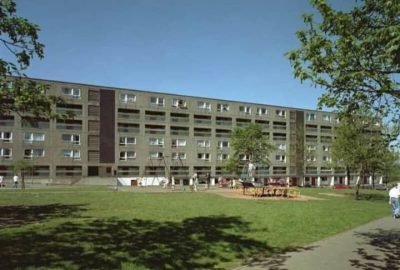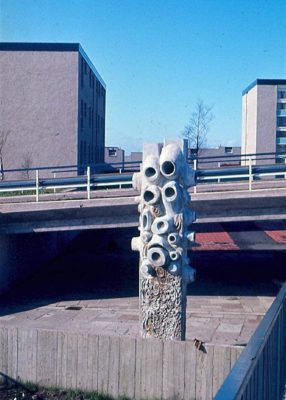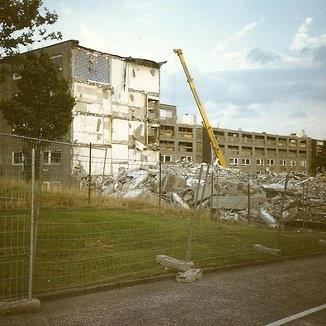By Kevin Kane, board member at Play Scotland, & Policy & Research Manager, YouthLink Scotland
The international community has long acknowledged the importance of play and recreation in every child’s life. The 1959 Declaration of the Rights of the Child stated “The child shall have full opportunity for play and recreation; society and the public authorities shall endeavour to promote the enjoyment of this right” (art. 7). This was strengthened in the Convention on the Rights of the Child of 1989, explicitly stating in Article 31 that “States Parties recognise the right of the child to rest and leisure, to engage in play and recreational activities appropriate to the age of the child and to participate freely in cultural life and the arts”.
However, in many countries, poor recognition of play remained. This meant a lack of investment in appropriate provisions, weak or non-existent protective legislation, and the omission of children and young people in local planning – leading to a disproportionately negative impact on play prospects for minoritised children.
While providing structured and organised play is important, investment is also about creating the space for children to take up spontaneous play in an environment that is suitable and led by children. When you try to see the world through a child’s eyes, so many opportunities appear.
This reminds me of my favourite times out playing in the “concrete jungle” in Cumbernauld. The nickname, a nod to the brutalist architecture and bison build era, popular in the new towns of Scotland in the 1960s, was built to cater to the overcrowding and overspill from neighbouring Glasgow.

Playing seemingly endless and varied games on the verandas, building dens in communal and drying areas, climbing on the many concrete structures, and just “playing out” forged my understanding of what play means to me. It was an early appreciation of spontaneous play involving graduated risk and what it is to be free. Although I wouldn’t have articulated it that way then, my time on the Play Scotland Board has caused me to pause and reflect on the wealth of play with friends and family right on my doorstep (veranda!).
As can be seen, a small playpark (swings, shoot, roundabout) was designated for play in the middle of the housing scheme. However, our play wasn’t limited to the adult-determined space. Most of my time was spent taking advantage of and exploring the opportunities presented by the wider community – in the buildings, between the blocks and in the adjacent woods. I believe there is a lesson in there for adults today.


These flats were torn down due to structural issues, dampness, and some societal demand for better-quality wind and water-tight housing. The decision to demolish may have been right in all circumstances. However, it also heralded the end of that particular era of play for me. My fond memories remain. I realise now that my views and identity were shaped by playing with hundreds of children over several years in the most imaginative and explorative way and the time served—the free-flowing discussions, laughter, and learning from and playing alongside peers of varying ages. I would not change any of it for the world!
On the advent of 16th of January, a Child’s right to play was incorporated into Scots Law via the United National Convention on the Rights of the Child (Incorporation) (Scotland) Act. There is now a brilliant opportunity to understand better how children engage in spontaneous play and recreation and promote social attitudes to encourage this sort of play activity and involve children and young people in planning and strategy processes to learn from and be guided by them.
Scotland can be proud to have led the way in incorporating UNCRC into Scots Law. The historic move marked a significant step towards ensuring children’s rights are respected, realised and protected for every child across Scotland. This is a policy victory we can all celebrate. However, we need to press on. So, when the Act comes into force in Scotland on 16 July 2024, and the renewed play strategy is in full swing, we need to be ready as advocates of play to speak up for and work with partners to integrate Article 31 into all aspects of policy/strategy planning. Play Scotland and civil society have helped move the policy forward. Now is the time for us all to implement it. We must work with partners in every local authority and across the third sector on the ground to make the right to play a reality.
Together, we can inspire others, including lawmakers, on this island to show them what can be done with a concerted and considered campaign and combined political will.
Let 2024 also be a clarion call for other nations to do the same!




